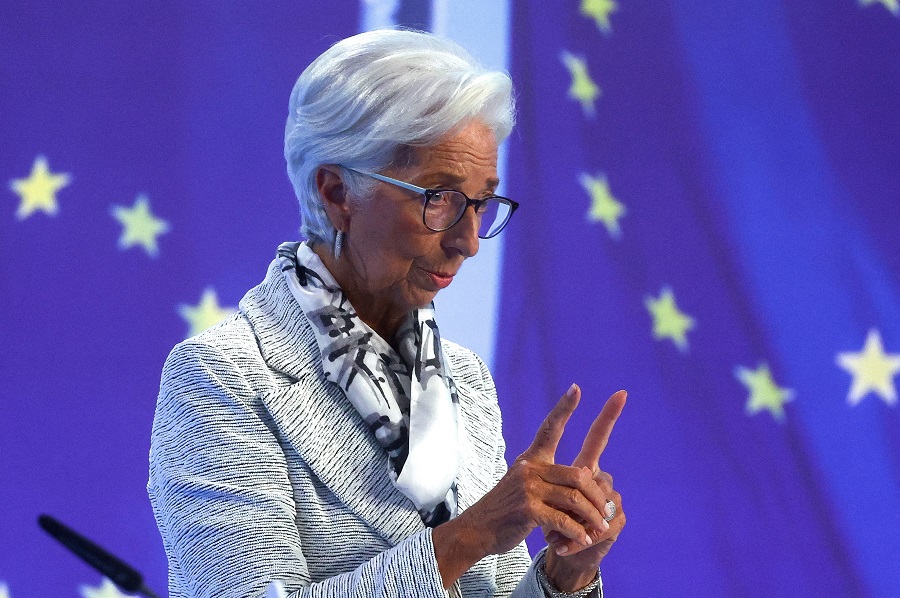Major central banks are close to end tightening cycle
The ECB seemed to send out a clear message last week that policy rates won’t rise again if the economy develops as the bank expects.

The ECB seemed to send out a clear message last week that policy rates won’t rise again
>> Any risks from an easing cycle ahead of major central banks?
We probably won’t get such a clear message from the likes of the Fed this week, nor the Bank of England which, like the ECB, should lift rates another 25-bps at Thursday’s meeting. Nonetheless, the market senses that the major central banks are at, or close to, the end of their tightening cycles.
Normally we might expect this sentiment to lower bond yields as the market looks ahead to the – likely – easing cycle in the future. But that’s not happened, at least not so far. This could simply mean that we’re seeing a delayed reaction or, more ominously, may be finding out that yields will remain permanently higher even after central banks start to cut policy rates.
The Standard Bank’s long-term structural view for some time now has been that the world is moving into a higher inflation and higher rate environment than we saw before the pandemic. To date, most of the focus in the market has been on the inflation part of this story. But more recently, as policy rates seem to have peaked, or near-peaked, it has been the bond market story that has come to the fore because yields have continued to move higher.
The argument for higher yields than the pre—pandemic period rests on the same supply/demand imbalances that have lifted prices so much. As we see it there’s likely to be hefty calls placed on the domestic and international private sector supply of savings.
In other words, the competition for these savings will be high and that’s likely to keep yields more elevated than the pre-pandemic period. If we take governments, the increase and persistence of high budget deficits, perhaps especially in the US, tends to hint that they will have to offer relatively high yields to attract the private sector savings required.
What about central banks? For many, the requirement now is to get the private sector to absorb more of their debt pile as they scale down asset holdings, with some actively selling bonds, in addition to those that are just refusing to reinvest maturing bonds. There’s also a third source of demand for savings which is from private companies. This demand might be seen as depressed with economic growth soft, but new technology, particularly around AI, and ongoing problems of labour supply would seem to suggest that firms’ demands on savings will remain quite elevated and, once again, the US could be at the epicentre.
But what about the suppliers of these savings to governments, companies etc? On an international level, it seems clear that the deglobalisation that is happening in terms of goods and services trade could have a counterpart in terms of capital flows as well, particularly where companies, such as those in China, are blocked from “security sensitive” investment in the US, Europe and others. Once again, it seems as if this sort of pressure could keep yields elevated.
>> What will happen to the euro following the ECB meeting?
The demographics of a rising dependency ratio (the number of elderly relative to the working-age population) that is now acute in developed, and some developing, countries adds another risk that savings flows are not what they were and hence require relatively high yields to maintain the desired levels of finance.
In sum, there’s a long-term structural trend which suggests that policy rates and yields won’t go back down to the zero, or even sub-zero region that we saw before Covid. But perhaps that’s not saying very much as governments, central banks and the private sector all appreciate that these sorts of super-low rates are not going to return.
A bigger issue is whether rates might still fall back significantly from current levels even if they don’t go back to zero. Cyclical factors such as falling inflation, low growth and future policy easing would suggest so. Hence, while recognising that there are these structural factors that seem likely to keep yields higher than where they were in the pre-pandemic period, we should still be in for at least a temporary fall back towards the 3% level for 10-year treasuries and 2% for 10-year bunds.








